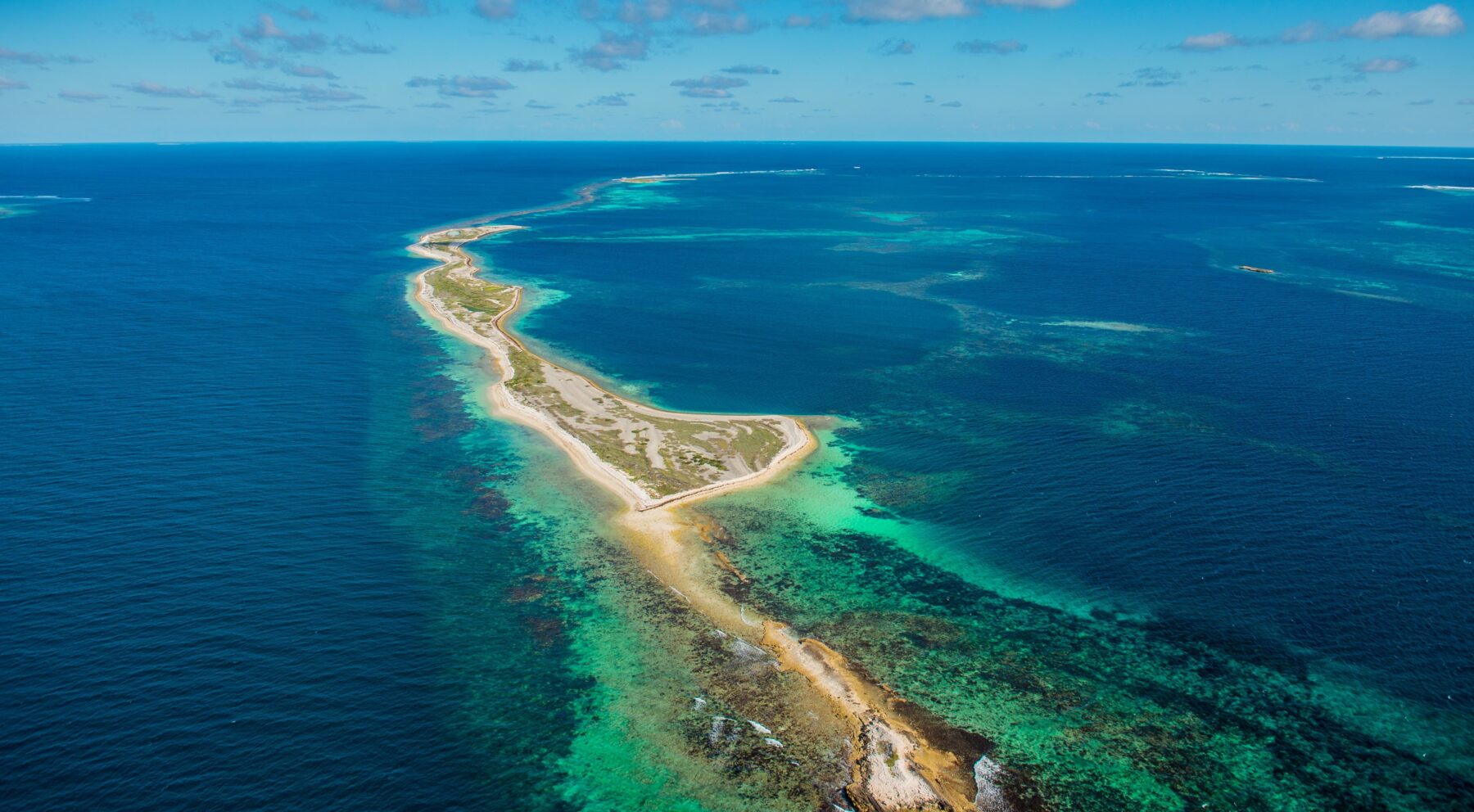The wallaby that drinks seawater

Off the southern coast of Western Australia lie the spectacular Abrolhos Islands.
Famous for their abundance of birdlife, the islands are also home to two land mammals – the bush rat (Rattus fuscipes) and the star of this story, the tammar wallaby (Notamacropus eugenii).

Fast facts
Common name: Tammar wallaby
Scientific name: Notamacropus eugenii
Description: A mixed colouring of brown, white, black and grey. An off-white belly and white cheek stripes. Strong hind feet and large ears
Body length: 55–70 cm
Tail length: 33–45 cm
Weight: 4–10 kg
Diet: Herbivores, eating grasses and shrubs.
Habitat: Scrub
Distribution: Coastal southwest Western Australia and WA offshore islands, and South Australian offshore islands.
Threats: Habitat destruction and feral predators
Image credit: Susan Flashman/shutterstock
Found throughout the southwest coastal region of Western Australia, and on some South Australian offshore islands, the tammar wallabies residing on the Abrolhos Islands have evolved a behaviour exclusive to their tiny population – the ability to drink seawater.
“The Abrolhos are off Geraldton, which is the farthest north the tammar wallabies go, so it’s the northern extremity of the species range,” explains macropod expert, Dr Mark Eldridge, Principal Research Scientist at the Australian Museum.
“So I suspect that may have something to do with it, being the hottest area they live in.”
While there is some freshwater on the islands, as well as vegetation from which the wallabies can draw water, the hot and dry conditions – especially in summer – cause these water sources to become scarce.
Scientists believe this is why the wallabies turned to the ocean.
The first time the wallabies were seen drinking from the ocean surrounding the Abrolhos Islands was in the late 1960s, when the behaviour was also first recorded in a scientific publication.
Today, tammar wallabies are still seen drinking seawater.
But while, at first, this ability seems like a neat party trick, it comes with a significant physiological toll on the wallabies.
The energy that it requires to process the excess salt impedes many other bodily functions.
“There’s a whole lot of things you have to do if you’re going to drink seawater because you’re taking on board a whole heap of extra salts, so you need to then get rid of them somehow,” says Mark.
He explains that this can be done in a few ways, “either by excreting it in the urine – making the urine super concentrated so that you don’t lose a whole lot of water with it, or by secreting the salt through glands and pores.”
“So they can do it but there’s a metabolic and energetic cost associated with it, they often lose condition and there’s other negative impacts. So they only probably do it when they’re desperate.”
But in a world of survival of the fittest this ability is, ultimately, impressive.
“Yes, it’s a desperate measure, but it’s probably the difference between surviving and not,” says Mark.
“It’s pretty amazing. I think they’re the only macropods that have ever been recorded doing this.
“They’re tough little things.”







